| aciculum |
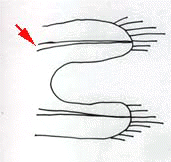 |
| antenna |
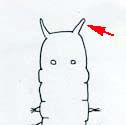 |
| biarticulate |
with two-jointed

|
| bidentate |
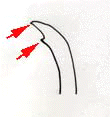 |
| biramous |
Having notopodium
and neuropodium
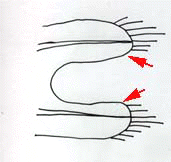
|
| branchia |
a gill, an extension of the body
wall which has elements of the blood-vessels. |
| capillary seta |
a hair-like bristle
but often used to cover slender tapering setae |
| caruncle |
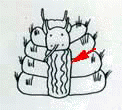 |
| chevron |
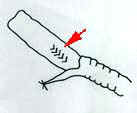 |
| clitellum |
the swollen
glandular portion of skin of certain annelids. |
| compound seta |
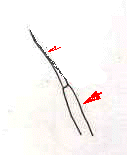 |
| denticulate |
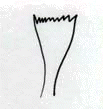 |
| elytron (elytra) |
 |
| eversible (proboscis) |
capable of being
extended by turning the inner part outwards |
| falciger |
 |
| harpoon seta |
a stout pointed
seta with recurved barbs near the tip |
| hooded seta |
 |
| hook |
stout-shafted,
blunt, often distally curved and dentate seta; smaller hooks arranged in
single or double rows are often referred to as uncini |
| interrama cirrus |
a cirriform
projection between the notopodium and neuropodium |
| limbate (seta) |
a seta with a
flattened margin to the blade |
| lobe |
major parapodial process, used
mainly about flattern kinds, but also more generally about all kinds of
major parapodial processes. |
| multiarticulated |
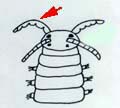 |
| neuropodium |
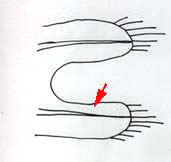 |
| neurosetae |
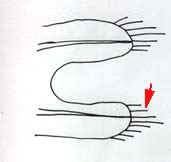 |
| notopodium |
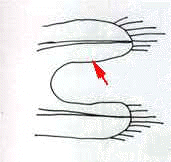 |
| notosetae |
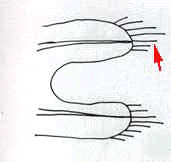 |
| occipital antennae |
antennae on the posterior part
of the prostomium |
| palps |
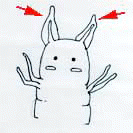 |
| paragnath |
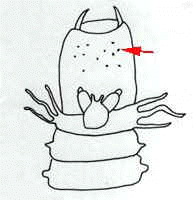 |
| parapodium |
segmentally
projections carrying setae; foot |
| pectinate |
comblike;with a
series of projections arranged like the teeth of a comb |
| peristomium |
first distinct
post-prostomial region; strictly including only the region around the
mouth, in practice including also segments fused to this structure,
forming the posterior part of the recognizable head.
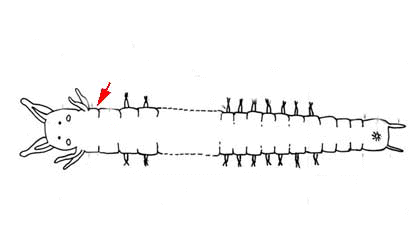
|
| pharynx |
anterior part of
the digestive tract; often eversible, always modified for feeding
purposes, sometimes also for burrowing. |
| pinnate |
 |
| polychaete |
bristle worm, a
class of mainly marine annelid worms, characterized by possession of
parapodia bearing numerous chaetae |
| postsetal |
posterior to the
setae |
| presetal |
anterior to the
setae |
| proboscis |
the anterior part
of the alimentary canal derived from the stomadaeum which can be everted
to project forwards
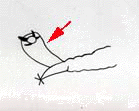
|
| prostomium |
anteriormost, a
pre-segmental part of the body anterior to the mouth, enclosing at least
the anterior to the brain, often with antennae and eyes.
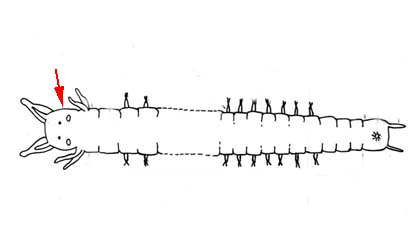
|
| seta |
secretion from
parapodia forming armature.
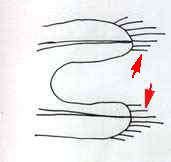
|
| setiger |
a segment with
setae |
| simple seta |
 |
| spiniger |
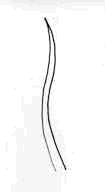 |
| tentacular cirrus |
a cirrus arising
from the peristomium.
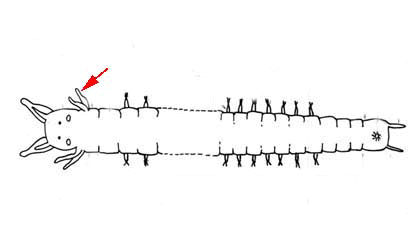
|
| uniramous |
mostly have reduced notopodium.

|
